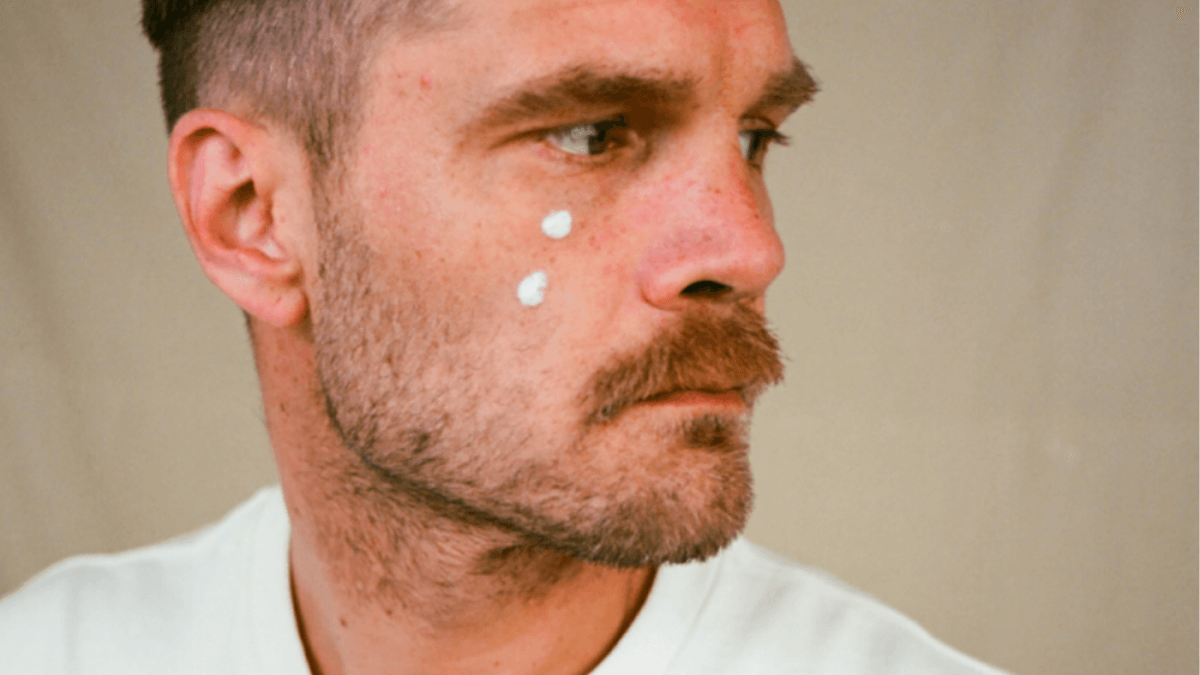It's easy to think that all sunscreen is the same - but sunscreen is like apples, it comes in all shapes, sizes, and flavors. Wearing sunscreen every day, all year is always one of the best habits you can form to protect your skin and preserve your skin health. However, not all sunscreens meet the same threshold of quality, particularly in terms of ingredients and protection levels. If you're a real skincare guru, you might be familiar with the conversation surrounding sunscreen types when it comes to chemical vs mineral sunscreens, but that’s not the only differentiation in sunscreen types that you should be aware of. Before we dive into the two types of mineral sunscreen and what you should know about each, here’s a quick refresher on the more well-known sunscreen discussion:
If you are a patient seeking a first or second opinion from a dermatologist on a spot mole or rash of concern, you can access a dermatologist via your local primary care provider or urgent care clinic. Find our list of partner locations here.
Chemical Sunscreens:
Chemical sunscreens work like a sponge, absorbing the sun’s rays and releasing heat. Chemical sunscreens contain one or more of the following active ingredients:
-
oxybenzone
-
avobenzone
-
octisalate
-
octocrylene
-
homosalate
-
Octinoxate.
A common concern with this type of sunscreen comes from reports of systemic absorption of some of the most frequently used ingredients in chemical sunscreen, particularly oxybenzone. The FDA has called for more research studies to determine if there are any deleterious affects of this absorption to humans. At this time there is not enough evidence to say that there are actual harms to your health. Another reason to perhaps steer clear of chemical sunscreen is that people who deal with rosacea often find their condition flares up when using chemical sunscreen because of its release of heat upon reaction with the sun.
Mineral Sunscreens:
Mineral-based sunscreens are physical blockers, meaning they are not absorbed into our bloodstream. Mineral sunscreen ingredients will have the following as the only active ingredients.
Additionally, mineral sunscreens tend to be less harsh, which is certainly a priority for those with sensitive skin or issues with acne. Men, in particular, will want to look for ultralight products that are geared toward their skin.
Mineral sunscreens work by absorbing and reflecting ultraviolet rays, but unlike chemical sunscreen products, they are at this time the only sunscreen ingredients considered GRAS (Generally Regarded as Safe) by the FDA. Mineral sunscreens also do not release heat when reacting with the sun, making them safe for people with skin conditions like rosacea.
Nanotechnology in Sunscreen
There is another element of mineral sunscreen to keep on your radar as you look for the best skin protection. When it comes to mineral sunscreen, there are two types: nano and non-nano.
Nano is referring to the size of the particles of zinc. To get more technical, nanoparticles mean that the particle size falls between one and 100 nanometers. To put that into perspective, one meter is made up of 1000 millimeters, which is made up of 1,000,000 micrometers, which is made up of 1,000,000 nanometers. So...nanometers are really, really, really small. Pretty crazy that this is the particle size of the zinc in nano sunscreen! But what does it mean for your skin health?
History of Non-Nano Zinc Oxide and Nanotechnology in Sunscreens
Initially, there was only non-nano zinc — picture the thick and white sunscreen that never seemed to totally rub in. Aesthetically, no one really wanted the opaque sunscreen look unless you were a retro beach lifeguard (and hey- no judgment here if that’s you!) To tackle this, sunscreen manufacturers began nanosizing the zinc oxide particles using nanotechnology in order to make sunscreen rub in more smoothly and to keep you from looking like an impressionist painting. But are these tiny particles still as effective and safe for your skin?
The research is still continuing, and there is no definitive answer quite yet regarding the use of nano zinc sunscreens. For now, what we do know is that the nano zinc is absorbed into follicles, meaning that those with skin conditions like eczema or other changes in the skin barrier might see this absorption happen at a higher rate. While there is no confirmed high-risk level associated with the use of nano sunscreen, and if you have healthy skin you are highly unlikely experiencing high levels of absorption. We are looking foward to learning about the ongoing research in this area.
Non-nano sunscreen provides the UVA and UVB protection that is needed to protect your skin without taking a chance on the relatively new nanotechnology. And never fear - not every non-nano sunscreen is going to make you look like a ghost! While non-nano sunscreen might not rub in quite as easily as nano sunscreen, there are still better non-nano sunscreen options on the market than there were in years past. It’s important to know, however, that currently companies are not required to display on their label if they are using nano or non-nano zinc oxide, so be sure to take a look at their FAQ’s or call the manufacturer to find out!
Is Non-Nano Zinc Oxide Reef Safe?
There might be another good reason to err on the side of caution and stick with the tried-and-true non-nano sunscreens — environmental safety. According to the National Park Service, non-nano sunscreens have been shown to be more “reef safe” than their nanosized counterparts. Nanoparticles in large concentrations are thought to perhaps be toxic to coral reef environments, though much more research is needed on this topic as well.

